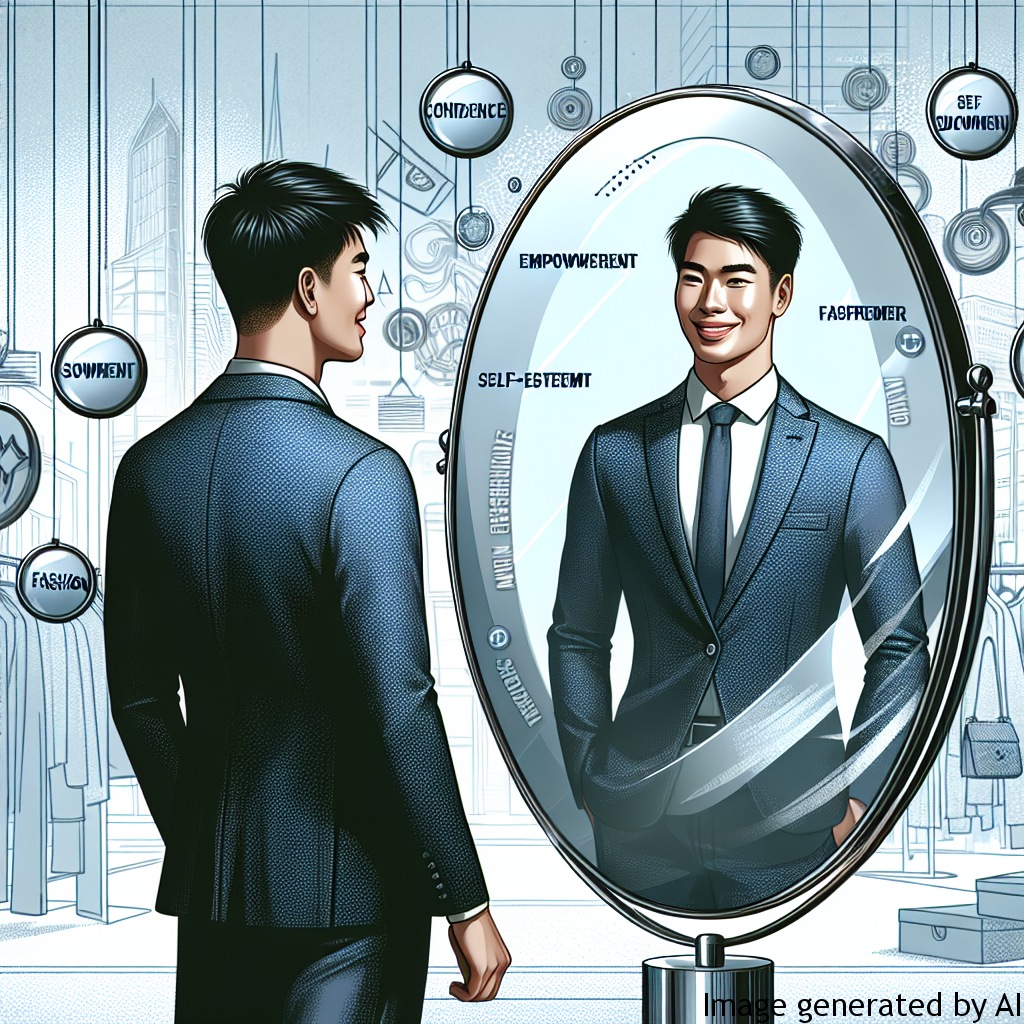In a world where impressions matter, fashion plays a significant role not just in making a style statement but also in boosting self-esteem. This is more pronounced in the realm of men’s fashion, which has undergone a significant evolution, shattering gender-based expectations and stereotypes. This article explores how men’s fashion impacts self-esteem and the psychological health of men in the contemporary world. It also offers some tips on enhancing psychological wellness, considering the influence of gender roles.
Introduction
Fashion is often seen as a reflection of self-identity. It speaks volumes about a person’s taste, personality, and confidence. For men, the relationship between fashion and self-esteem is a vital one. A well-dressed man is perceived to be confident, successful, and competent. Following the right style helps in fostering positive self-image, self-esteem, and mental wellness.
Gender Expectations and Their Impact on Men’s Psychological Health
Gender expectations have largely shaped men’s fashion over time. Stereotypically, men are expected to be strong, stoic, and practical, and these expectations extend to their choice of attire.
Traditional Gender Expectations
Traditionally, men were expected to dress modestly and practically. Bright colors and flamboyant designs were branded as feminine and thereby unacceptable for men. This made men’s fashion predominantly monotonous and restrictive, which, in turn, could lead to self-esteem issues for men who wished to experiment with fashion.
Changing Gender Expectations
Fortunately, these traditional expectations are changing. Experimentation and individual expression are actively encouraged in men’s fashion. From flamboyant colors to unconventional designs, everything is being embraced in the modern man’s wardrobe. This change has enabled men to express themselves better, helping improve their self-confidence and well-being.
Examples of How Gender Roles Can Impact Men’s Lives
When men step outside the restrictive boundaries of traditional gender roles in fashion, they might often find themselves at the receiving end of societal ridicule. A man wearing a pink shirt or a floral pattern might be perceived as weak or less masculine. These gender stereotypes could adversely affect the mental health and self-confidence of men, stifering their freedom of expression through fashion.
Tips to Enhance Psychological Health Considering Gender Roles
1. Embrace Individuality: Embrace your unique style. Don’t be constrained by what society defines as masculine. Wear what makes you feel confident and comfortable.
2. Avoid Stereotypes: Don’t tie colors, designs, or styles to a particular gender. Fashion is universal and should transcend gender norms.
3. Seek Professional Help: If these struggles with gender expectations affect your mental health, don’t hesitate to seek professional help. Therapists can provide strategies to deal with societal pressures effectively.
4. Support Each Other: Encourage each other to express individuality through fashion. A supportive environment can significantly improve a person’s self-esteem.
Conclusion
Undoubtedly, men’s fashion considerably influences their self-esteem. It has the potential to empower men, enabling them to break free from the shackles of conventional gender roles. By embracing their unique fashion sense and resisting societal pressures, men can improve their self-confidence and psychological health. Ultimately, the key to good mental health and high self-esteem lies in the ability to unabashedly express oneself and the decision to dress for oneself and not for others.

